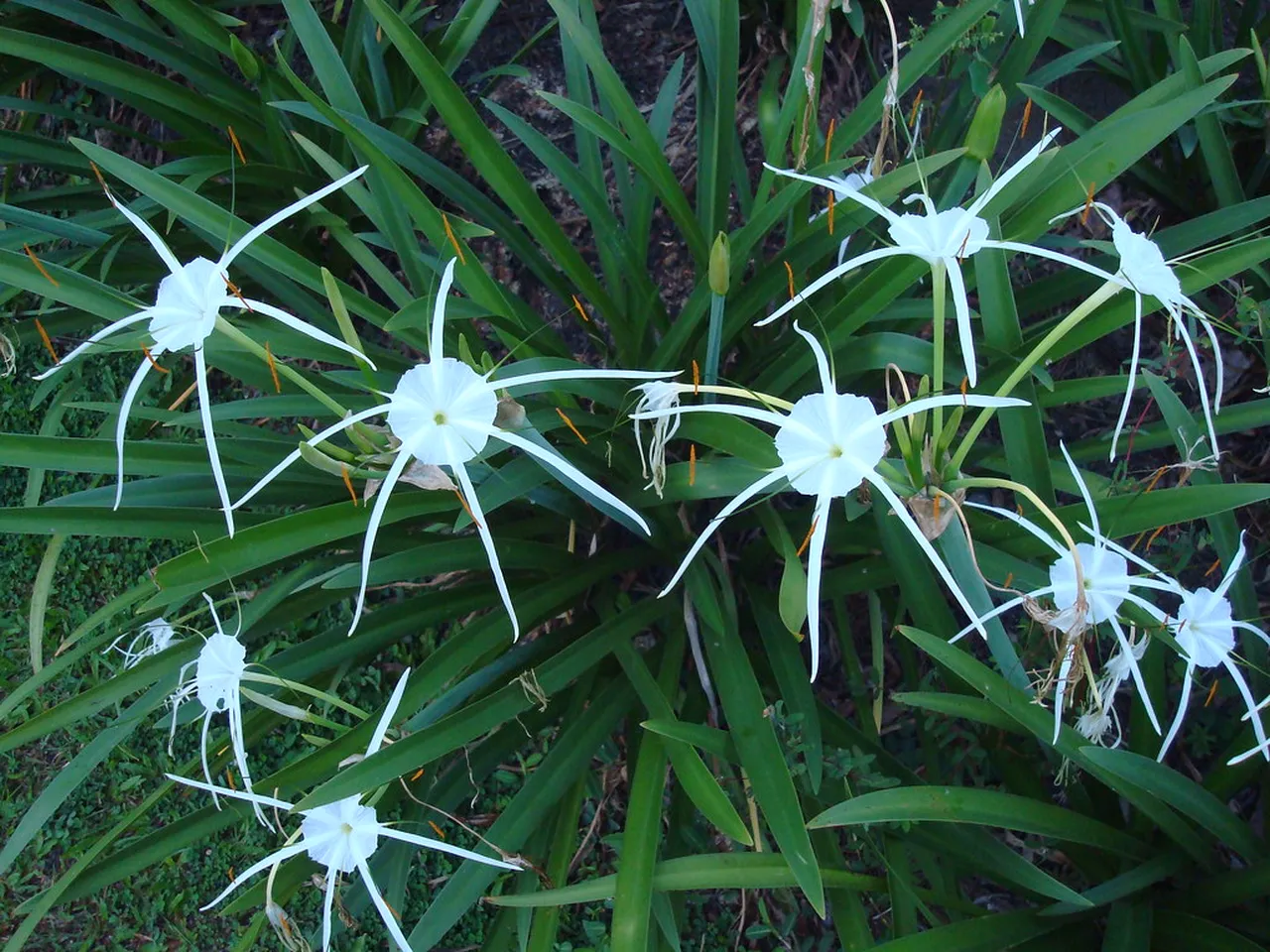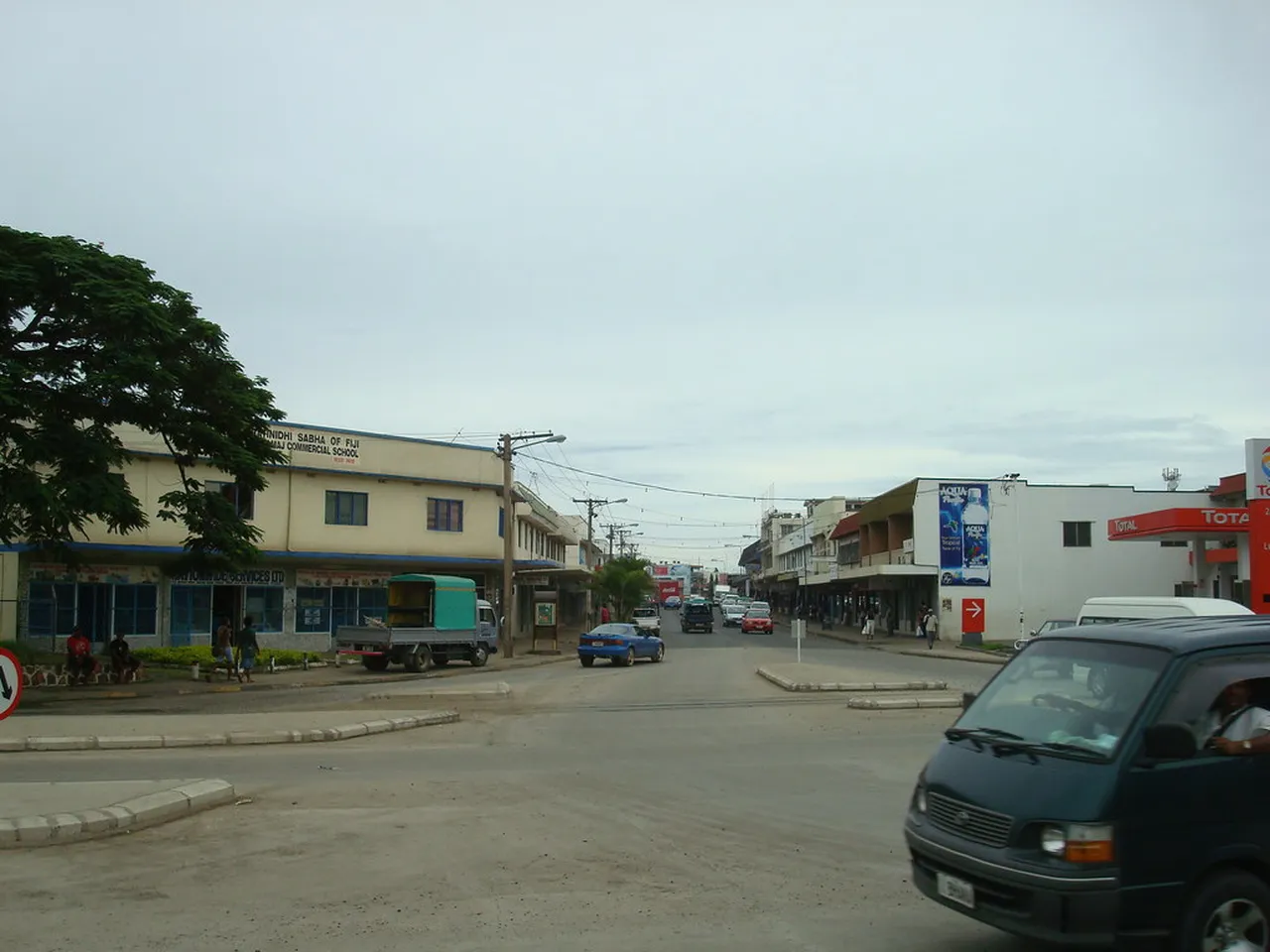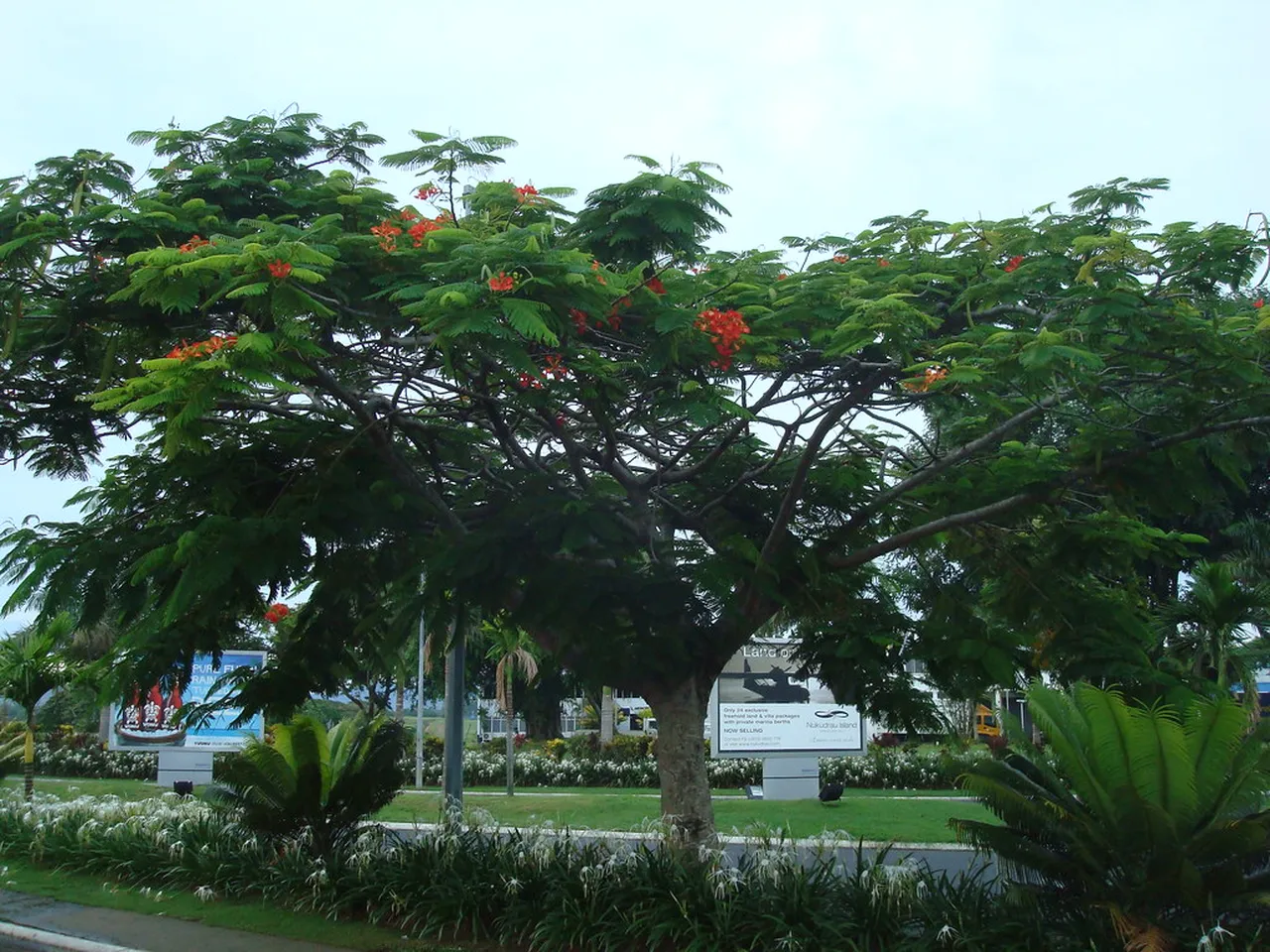
Nadi Culture: Explore 10 Unique Aspects in Fiji
Table of Contents
Nadi Culture: Unique Aspects to Explore in Fiji
Nadi Culture is an integral part of the Fijian identity, showcasing the rich traditions and vibrant community life that define this stunning archipelago. From colorful festivals to traditional art forms, Nadi offers a unique blend of history, spirituality, and hospitality. This article invites you to explore ten unique aspects of Nadi Culture that provide a deeper understanding of the local way of life. Whether you’re drawn to the enticing culinary scene, traditional performances, or the warmth of local interactions, Nadi Culture promises an unforgettable experience for every traveler.
Want to find the best travel deals for this destination? travel adventure planner with our adventure planning specialist!
1. Understanding Nadi Culture: An Overview of Its Roots and Traditions

Nadi culture, with its rich tapestry of history, blends Polynesian influences with indigenous traditions. Originating from the early settlers, this vibrant culture is characterized by its communal values and deep connections to the land. Traditionally, families are very close-knit, and social ties play a significant role in daily life.
Additionally, Nadi’s location has made it a melting pot of cultures. Immigrants from India, China, and other regions have brought their customs, making Nadi a unique cultural hub. Consequently, you can see a diverse array of practices coexisting harmoniously. Whether it’s the music, festivals, or rituals, each element tells a story of the community’s shared heritage and resilience.
2. Traditional Fijian Cuisine: A Flavorful Dive into Nadi Culture

Exploring traditional Fijian cuisine is essential to understanding Nadi culture. Rooted in the use of locally sourced ingredients, the food here reflects the rich biodiversity of Fiji. Dishes often feature root vegetables, fresh seafood, and tropical fruits, providing a delightful explosion of flavors.
Some popular dishes include kokoda, a refreshing fish ceviche, and lovo, where food is slow-cooked in an underground oven. These culinary practices are not just about sustenance; they play a vital role in community gatherings and celebrations. Sharing food fosters stronger social bonds, highlighting the importance of community in Nadi culture.
3. Celebrating Fiji Day: The Heart of Nadi’s Community Spirit

Fiji Day, celebrated on October 10th, encapsulates the essence of Nadi culture and community spirit. This day commemorates Fiji’s independence, and locals come together to honor their heritage through vibrant celebrations. Parades, traditional music, and dance fill the streets, showcasing the unity and pride of the people.
During Fiji Day, you’ll find a captivating blend of cultural presentations, where various groups perform traditional dances, and share stories that highlight the historical significance of the day. Furthermore, food stalls serve local delicacies, enriching the experience. Therefore, Fiji Day is not just a celebration; it represents a heartfelt expression of identity and togetherness within Nadi’s diverse community.
4. The Role of Traditional Dancing in Nadi Culture: A Story in Movement

Traditional dancing plays a vital role in Nadi Culture, serving as a vibrant expression of community identity and history. Through rhythmic movements and engaging storytelling, these dances showcase both the cultural heritage and social values of the Fijian people. For instance, dances like the Meke not only entertain but also convey tales of ancestors, natural Events, and significant local happenings.
Moreover, each dance performance is a collective effort, often involving the entire community. As families gather to practice, they strengthen their bonds while passing down traditions to younger generations. Additionally, traditional attire enhances the experience, as colorful costumes reflect stories of love, bravery, and nature. Thus, by participating in or observing these dances, visitors gain valuable insight into Nadi’s rich culture.
5. Art and Craft of Nadi: Exploring Local Handmade Treasures

The art and craft scene in Nadi is a captivating aspect of Nadi Culture, brimming with creativity and tradition. The local artisans excel in a variety of traditional crafts, such as weaving, pottery, and wood carving. These handmade treasures carry significant cultural symbolism, making them not only aesthetically pleasing but also deeply meaningful.
Visitors can explore bustling markets where artisans proudly display their creations. Here, you can buy handcrafted items, like beautiful mats or intricate wooden carvings, which serve as perfect souvenirs. Furthermore, purchasing these items supports the local economy and helps preserve ancient skills and techniques. Overall, the art and craft of Nadi encapsulate the heart and soul of its culture while fostering a sense of community and heritage.
6. Spirituality in Nadi Culture: Sacred Sites and Rituals
Insider Tip: Get the most out of your Nadi visit with guided tours!
Spirituality is deeply ingrained in Nadi Culture, reflected in its sacred sites and rituals that date back generations. The region is home to several significance-laden locations, including temples and traditional healing sites. For example, the renowned Sri Siva Subramaniya Temple is a vibrant testament to the spiritual diversity in Nadi, attracting both locals and tourists alike.
Additionally, various rituals and ceremonies take place throughout the year, connecting residents to their ancestors and nature. These practices not only reinforce community bonds but also invite visitors to participate and learn about Fijian beliefs. Ultimately, by embracing spirituality, Nadi’s culture offers a unique perspective on harmony, respect, and connection to the environment.
7. Marketplace Life: Discovering Local Practices at Nadi Market
The Nadi Market is a bustling hub that truly reflects the essence of Nadi culture. Early in the morning, vendors set up their stalls, showcasing a vibrant array of fresh produce, spices, and handmade goods. Visiting this market provides valuable insights into the daily lives and practices of the local community.
Not only does Nadi Market offer a taste of traditional Fijian life, but it also allows travelers to engage with friendly locals who are always eager to share their stories. As you stroll through the market, you can savor the aromas of local cuisine and explore the crafts that are deeply rooted in the island’s heritage.
Additionally, it is an excellent opportunity to witness the communal spirit of Nadi. Collectively, locals gather here to buy, sell, and exchange ideas, making the market a vital artery of Nadi culture. Therefore, don’t forget to interact with the vendors and immerse yourself in their captivating stories!
8. Experience the Meke: Traditional Storytelling Through Dance
Insider Tip: Get the most out of your Nadi visit with guided tours!
The Meke is a traditional Fijian dance that showcases the depth of Nadi culture through movement and storytelling. Often performed during important Events and celebrations, this dance involves intricate hand movements and expressive body language, conveying tales that reflect the heart and spirit of the community.
Participating in or witnessing a Meke performance offers a unique glimpse into the traditions and history of the Fijian people. As the dancers tell their stories, the captivating rhythms of traditional music fill the air. Whether you’re watching from the sidelines or joining the fun, the Meke is a celebration of community and culture.
Moreover, understanding the significance of this dance deepens your appreciation for Nadi’s vibrant culture. Hence, I highly recommend experiencing a Meke during your visit to truly connect with the local heritage!
9. Eco-tourism and Nadi Culture: A Sustainable Future
In recent years, eco-tourism has become a cornerstone of Nadi culture as more locals recognize its potential to conserve the environment while enhancing community welfare. By engaging in sustainable practices, locals are not only protecting their natural resources but also ensuring that their vibrant culture is passed down through generations.
Visitors can participate in eco-friendly tours that highlight the breathtaking beauty of Nadi’s natural landscapes, such as the Coral Coast and the stunning islands nearby. These tours often include Activities like snorkeling, hiking, and cultural experiences that promote a deeper understanding of Nadi culture.
Additionally, community-based projects are emerging, where tourists can contribute to conservation efforts while enjoying authentic cultural interactions. By choosing eco-tourism, you support a sustainable future for Nadi—one where both the environment and the rich cultural heritage thrive.
10. Festivals of Nadi: Embracing Community and Tradition
The festivals of Nadi are a vibrant reflection of the Nadi culture, showcasing the community’s rich heritage and traditions. Among the most celebrated Events is the Hindu Festival of Diwali, which illuminates the streets with colorful lights and joyful celebrations. During this festival, families come together to share meals and partake in rituals that signify the victory of light over darkness.
Furthermore, the Fijian Day is another significant celebration. This event not only honors Fiji’s history but also strengthens community bonds. The day is filled with traditional performances, food stalls, and games that foster a spirit of togetherness.
Additionally, festivals often include traditional dancing and music, providing an invaluable glimpse into the cultural fabric of Nadi. Overall, these celebrations are essential, as they preserve the unique heritage of the area while inviting visitors to engage and partake in the local customs.
The vibrant Nadi Culture is a rich tapestry of traditions, flavors, and stories that captivates travelers from around the world. From savoring traditional Fijian dishes to experiencing exhilarating dance performances, each aspect of this culture reveals the warmth and spirit of the Fijian people. As you plan your visit, consider immersing yourself in these unique cultural experiences. What part of Nadi Culture do you find most intriguing? Share your thoughts in the comments, and let’s explore these fascinating traditions together.